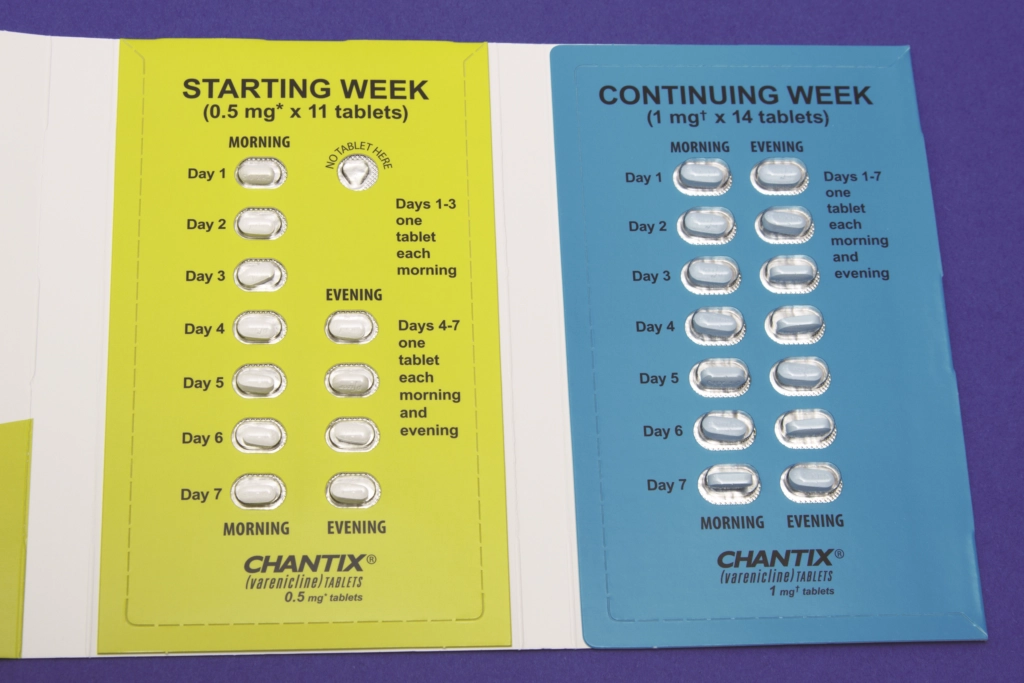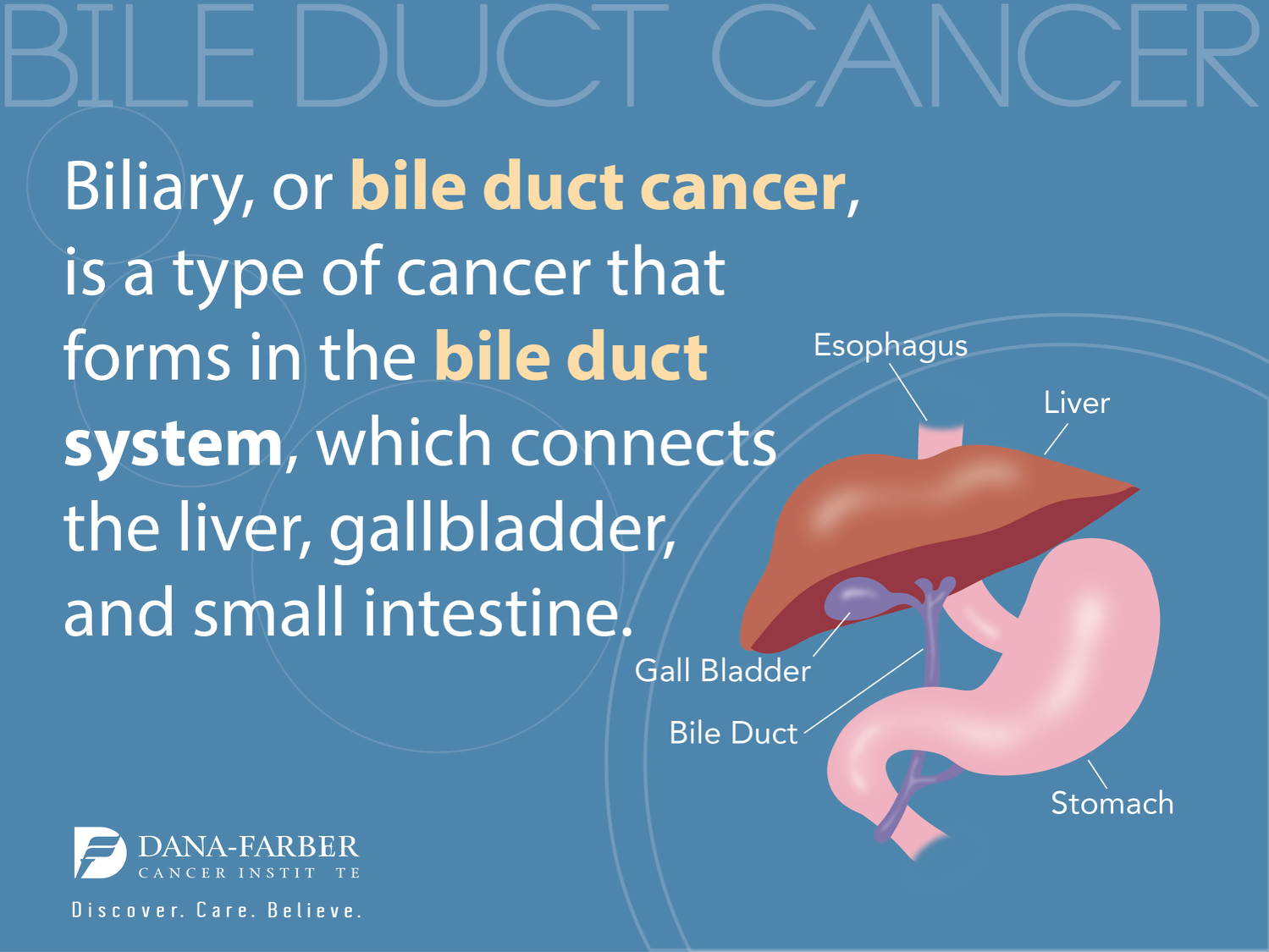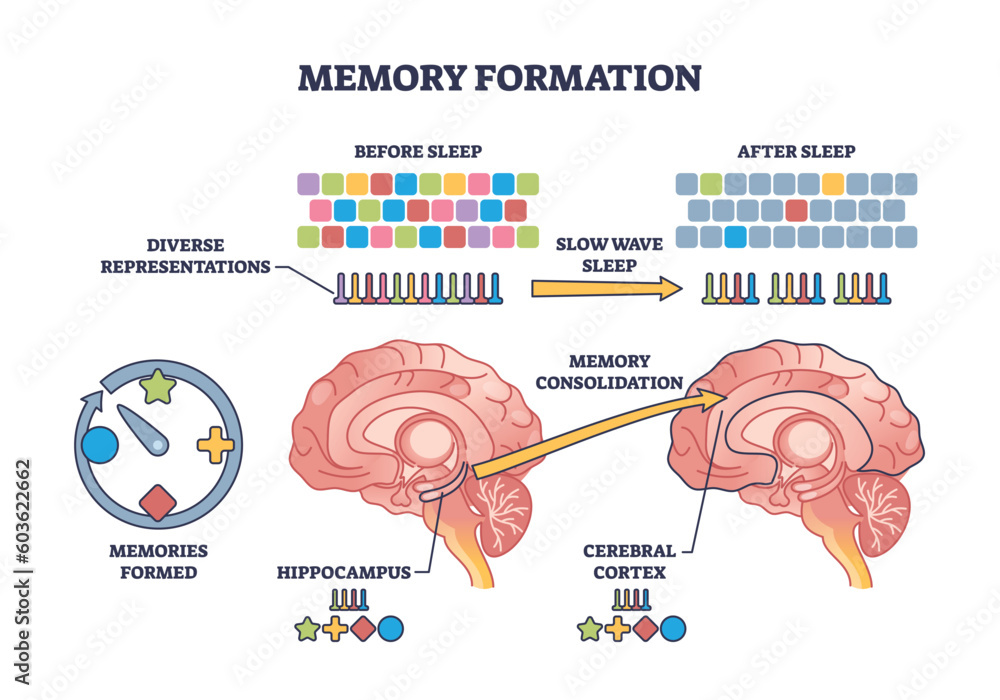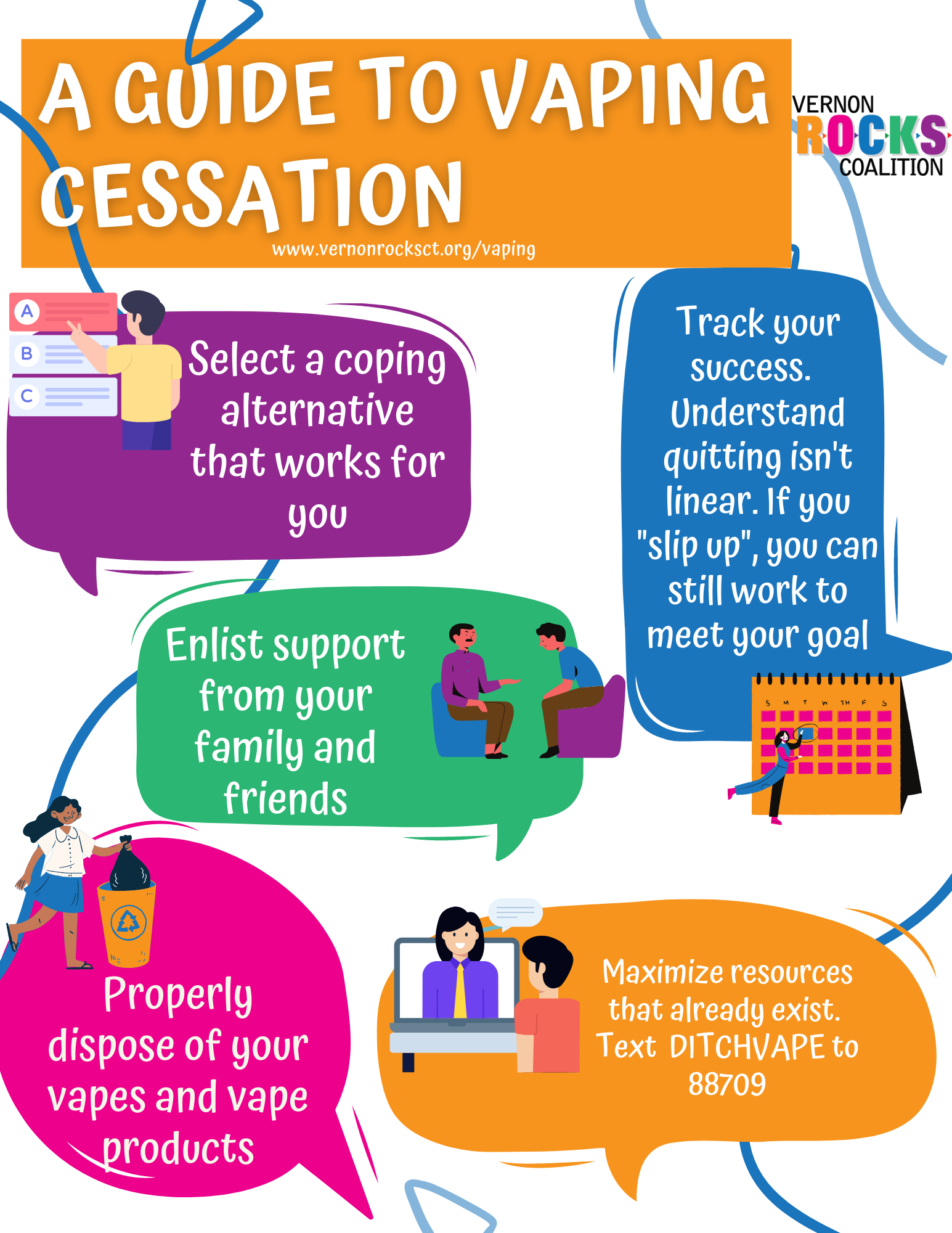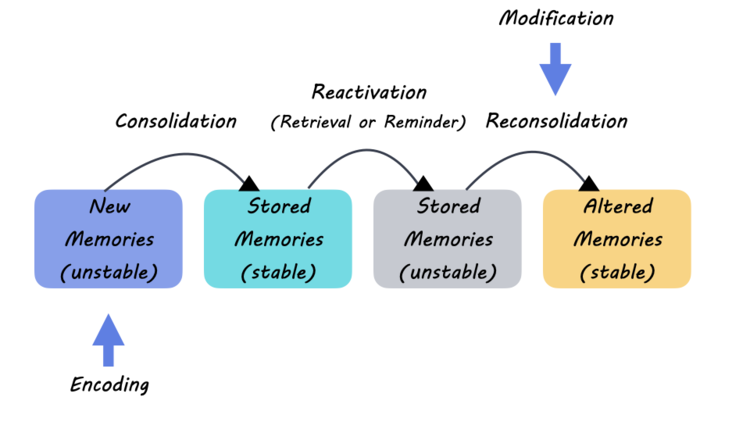The FDA-approved smoking cessation pill known as varenicline is making waves as a powerful tool in the fight against vaping addiction. Recent clinical trials have shown that young people aged 16 to 25 who utilized this medication had a staggering three times the success rate of quitting vaping compared to those who relied solely on behavioral counseling. As vaping remains a prevalent trend among teenagers and young adults, the urgency for effective solutions like varenicline has never been more critical. This smoking cessation pill not only offers hope for those struggling with nicotine dependency but also addresses the growing health concerns surrounding vaping habits. With the alarming rates of youth vaping, exploring varenicline as a viable option for quitting is essential for public health initiatives aimed at teen smoking cessation.
In the ongoing battle against nicotine addiction, particularly among younger populations, the introduction of a prescription medication for quitting smoking emerges as a groundbreaking approach. Known commonly as a smoking cessation medication, varenicline serves as a twice-daily treatment that transitions users away from their vaping habits effectively. The findings from recent studies underscore a pressing need for innovative strategies to combat vaping addiction, specifically tuned for a demographic that faces unique challenges. By incorporating FDA-approved smoking cessation options into treatment plans, health professionals can significantly bolster their efforts in promoting a smoke-free lifestyle among teens. This evolution in vaping addiction treatment not only leverages established pharmacotherapies but also paves the way for a future where young individuals can overcome their nicotine cravings with support.
The Role of Varenicline in Smoking Cessation for Teens
Varenicline, recognized as an FDA-approved smoking cessation pill, has emerged as a critical tool in combating vaping among teenagers. In a recent clinical trial at Mass General Brigham, adolescents aged 16 to 25 who were prescribed varenicline showed a remarkable increase in their ability to quit vaping, with 51% successfully stopping after 12 weeks compared to just 14% for those on placebo. This significant statistic underscores the potential of varenicline as a primary intervention in the fight against nicotine addiction in young users.
At a time when vaping has become prevalent among youth, varenicline provides hope and an effective solution. The findings highlight the importance of medically-guided cessation strategies tailored for younger demographics. As researchers emphasize, not only does this FDA-approved smoking cessation pill enhance quitting success rates, but it also offers a safer pathway, as no users transitioned to traditional cigarettes after quitting vaping. This fact resonates particularly well in public health discussions focused on the escalating concerns surrounding youth nicotine exposure.
Vaping Addiction Treatment: A Comparative Analysis
The prevalence of vaping among teenagers calls for effective treatment options that move beyond simple behavioral interventions. The clinical trial discussed in the recent study from Mass General Brigham illustrates a stark contrast between the effectiveness of varenicline and traditional behavioral counseling alone. With only 6% of participants in the text-only group achieving success in quitting vaping, it is evident that a multi-faceted approach is essential. Utilizing a medication like varenicline significantly enhances outcomes, demonstrating that pharmacological support is a vital component of comprehensive vaping addiction treatment.
Moreover, the results indicate that combining varenicline with available support services, like ‘This is Quitting’, maximizes quitting potential. This suggests that while medication is crucial, integrating behavioral support fosters a more holistic approach to addiction treatment. Future efforts in public health initiatives must prioritize similar strategies, focusing on both medication and counseling for effective teen smoking cessation programs.
Understanding Teen Smoking Cessation Challenges
One of the major challenges in teen smoking cessation lies in the appeal of vaping as a less harmful alternative to traditional cigarettes. Due to its ease of concealment and usage in various settings, vaping has become a widespread habit among adolescents. As the study reflects, rigorous cessation protocols that include medication like varenicline are essential in addressing the unique needs of youth facing vaping addiction. Furthermore, it’s crucial to educate both teens and their guardians about the health risks associated with vaping.
In 2023, alarming statistics highlighted that around 25% of young adults between 18 to 25 were using vapes, illustrating an urgent need for effective strategies. The consequences of early nicotine exposure, such as increased susceptibility to future drug dependencies, fortify the argument for early intervention. Policies must strive to create a supportive environment that promotes awareness and access to approved cessation treatments to help thwart the nicotine epidemic among youth.
Exploring the Effectiveness of Behavioral Counseling
While medication plays a crucial role in smoking cessation, behavioral counseling remains an integral part of the treatment puzzle. The aforementioned study indicated that participants receiving weekly behavioral counseling alongside varenicline experienced higher quit rates than those relying solely on behavioral interventions. This synergy between behavioral support and pharmacotherapy is vital in reinforcing the quitting process, making it a key element of any comprehensive vaping cessation strategy.
Behavioral counseling provides teens with the necessary skills to handle triggers and cravings, which often accompany nicotine withdrawal. Furthermore, integrating behavioral health support into treatment protocols helps address the psychological aspects of addiction. As the evidence continues to show positive outcomes in combining these approaches, it is essential for healthcare providers to incorporate both medication and counseling to enhance severity and effectiveness in overcoming adolescent vaping habits.
Implications of Early Nicotine Exposure
Early exposure to nicotine can lead to long-term negative consequences, particularly for adolescents. This study reveals that increased susceptibility to addiction is a real threat for young people who use vapes. Varenicline as a smoking cessation pill effectively provides the necessary intervention at this crucial developmental stage, potentially mitigating future substance abuse risks. Educating younger demographics about the dangers of nicotine at an early age is imperative for long-term public health goals.
Moreover, the research emphasizes the urgent need to adapt smoking cessation strategies that adequately address the unique challenges faced by youth. With nicotine addiction being a significant precursor to future substance dependencies, the implications of early intervention cannot be overstated. Strategies that focus on prevention and provide support for those struggling with addiction will pave the way for healthier outcomes for future generations.
Behavioral Support Services in Nicotine Quit Programs
Incorporating behavioral support services into nicotine quit programs is essential for maximizing quit rates among users. In the context of the clinical trial, the combined use of varenicline and behavioral counseling significantly benefited adolescents attempting to quit vaping. Participants received ongoing support, which not only reinforced their resolve to quit but also offered practical strategies to manage cravings and cope with stress. Such components are vital in solidifying the quitting process.
Additionally, programs like ‘This is Quitting’ provide an essential layer of support by using text messaging to engage participants and deliver motivational messages. This innovative approach to behavioral support delivers immediate assistance, making it convenient and accessible for teens who may feel uncomfortable seeking help face-to-face. As effective cessation strategies continue to evolve, integrating digital support alongside traditional counseling may offer an enhanced experience that encourages young individuals to commit to quitting.
The Importance of Comprehensive Treatment Approaches
To effectively combat the rising trend of vaping among teenagers, a comprehensive treatment approach is necessary. The combination of medical treatment with psychological support is essential for achieving successful outcomes. The results from the study showcase that using varenicline in conjunction with counseling services helps adolescents face the myriad challenges of quitting vaping, positioning comprehensive care as a key strategy in addressing this public health crisis.
Additionally, understanding that cessation is not a one-size-fits-all solution is crucial. Tailoring approaches to meet the specific needs of young individuals ensures they feel supported during this difficult process. By acknowledging the multifaceted nature of nicotine addiction, policymakers and healthcare professionals can develop more nuanced programs that effectively resonate with youth, leading to better cessation rates and a healthier future.
Future Directions for Tobacco Control Policies
As research into vaping and nicotine addiction continues to evolve, the necessity for robust tobacco control policies becomes ever more evident. Addressing the vaping epidemic among adolescents requires a proactive stance from policymakers. This includes not only creating regulations surrounding the sale and marketing of e-cigarettes but also ensuring that effective smoking cessation medications like varenicline are accessible to those who need them most.
Additionally, educational initiatives aimed at raising awareness of the risks associated with early nicotine use should be prioritized. By implementing policies that encourage both prevention and cessation, the public health community can help foster environments that promote healthier choices, ultimately leading to a decrease in vaping prevalence among youth. Engaging teens in discussions about the dangers of nicotine will ensure that future generations are better equipped to resist the allure of vaping.
Conclusion: Building a Healthier Future for Adolescents
The emerging evidence about varenicline’s effectiveness for teens facing vaping addiction is a promising development in public health. By adopting comprehensive treatment strategies that encompass both medication and behavioral support, healthcare providers can empower young individuals to take charge of their health and quit nicotine. The results from the Mass General Brigham study provide a beacon of hope in the mission to reduce vaping among adolescents and young adults.
Moreover, it is crucial for communities to rally around supporting adolescents in their journey towards cessation. By promoting awareness, increasing accessibility to effective treatment options, and fostering an open dialogue about the risks of vaping, we can collectively work towards a healthier future for our youth. Through these efforts, public health initiatives have the potential to significantly alter the trajectory of nicotine use and addiction in generations to come.
Frequently Asked Questions
What is the FDA-approved smoking cessation pill for quitting vaping?
The FDA-approved smoking cessation pill for quitting vaping is varenicline. Clinical studies have shown that varenicline is effective in helping teens and young adults successfully quit vaping, offering a significant advantage compared to behavioral therapy alone.
How effective is varenicline for vaping cessation among teens?
Varenicline has shown to be more than three times as effective in helping teens and young adults quit vaping compared to placebo treatments when combined with behavioral counseling. Research indicates that 51% of participants using varenicline successfully stopped vaping after 12 weeks.
Can varenicline be used for teen smoking cessation?
Yes, varenicline can be prescribed for teen smoking cessation in individuals aged 16 to 25. The FDA has approved its use for quitting nicotine, making it a viable option for young adults seeking to stop vaping.
What are the benefits of using varenicline for quitting vaping?
The benefits of using varenicline for quitting vaping include its high effectiveness in helping users cease nicotine use and its safety profile, as studies indicate that it does not lead to increased cigarette use among those who quit vaping.
Could varenicline help with vaping addiction treatment for young adults?
Absolutely. Varenicline is a promising option for vaping addiction treatment in young adults, as evidenced by recent studies showing significant success rates in quitting when used alongside behavioral support.
What role does behavioral counseling play in conjunction with varenicline for smoking cessation?
Behavioral counseling enhances the effectiveness of varenicline in smoking cessation, particularly for vaping. Participants receiving varenicline and counseling showed higher success rates than those undergoing counseling alone.
Is varenicline safe for adolescent vaping cessation?
Yes, varenicline is considered safe for adolescent vaping cessation. Studies have demonstrated its efficacy with no reported cases of participants transitioning to cigarette smoking after quitting vaping.
Where can I learn more about the FDA-approved smoking cessation pill?
For more information about the FDA-approved smoking cessation pill varenicline, including its uses, benefits, and prescribing details, visit reliable health resources like the National Institutes of Health or your healthcare provider.
| Key Points | Details |
|---|---|
| FDA-Approved Pill | Varenicline is an FDA-approved smoking cessation pill, effective for adults and can be prescribed to teens and young adults aged 16-25. |
| Study Overview | Conducted by Mass General Brigham, featuring 261 participants aged 16-25 in a 12-week randomized trial. |
| Success Rates | 51% of varenicline users ceased vaping at 12 weeks compared to only 14% of placebo users. |
| Behavioral Counseling | All groups received behavioral counseling, yet varenicline users had significantly higher success. |
| Safety and Effectiveness | Participants using varenicline did not switch to cigarettes, indicating its safety for nicotine addiction in youth. |
| Public Health Importance | This treatment method addresses the rising vaping epidemic among adolescents, highlighting the urgent need for effective cessation programs. |
Summary
The smoking cessation pill, varenicline, plays a crucial role in helping adolescents and young adults quit vaping, as evidenced by recent research showing a significant success rate compared to placebo treatments. With 51% of users successfully quitting after just 12 weeks, varenicline emerges as a valuable tool in combating the challenges posed by nicotine addiction in the younger population. This innovative approach not only facilitates vaping cessation but also addresses critical public health concerns related to the use of e-cigarettes among youths.

